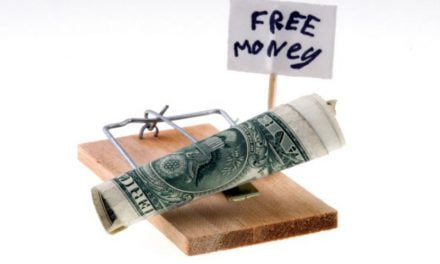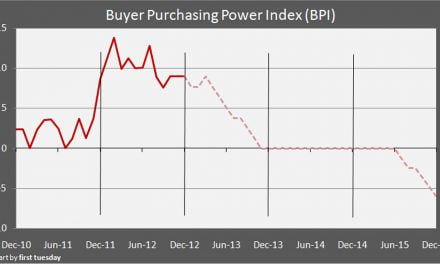Taking out second mortgages and home equity lines of credit (HELOCs) became second nature during the equity-flush years of the Millennium Boom. Today they are making a comeback, according to the Los Angeles Times.
In 2011, as home prices finally bottomed, an estimated 11.1 million American homeowners were underwater. 40%, or 4.4 million, of those underwater homeowners had both first and second lien home loans, according to a Furman Center study.
Diminished home equity reduces a homeowner’s incentive to continue making payments on their mortgage. As a result, default-shy lenders all but completely ceased making second mortgages in the wake of the housing crisis.
Spurred by the speculator-driven price bump, home equity has risen for over a year — and lenders are making second mortgages once again. In Southern California, 47,542 HELOCs were made last year — a 48% increase over 2012, according to DataQuick. Lenders approved nearly $7 billion in HELOCs in 2013, 51% more than in 2012.
The economic dynamic of second mortgages is double-edged. On one hand, otherwise trapped home equity is unleashed in the form of consumer spending and investment, igniting economic growth. On the other, real estate is often the only valuable asset a middle-income American holds. Borrowing against it means, in many cases, shifting wealth that appreciates at 2-3% per annum into cash used to purchase depreciating assets such as cars or consumer goods.
History is repeating itself again. The 20% equity gains of 2013 are simply unsustainable. Many homeowners who competed with speculators in 2013 and put less than 20% down are set to join the negative equity ranks once prices adjust to the historical mean. This was going to happen anyway, but the rising trend in seconds and HELOCs will only compound the problem.
It’s really a function of the financial accelerator effect. Along with a buyer’s income, mortgage lenders base the amount they are willing to lend on the currently appraised value of the security for the loan, i.e. the real estate. As prices rise, the security is perceived to be worth more, which in turn leads to lenders making larger first mortgages, and loosening the purse strings on second mortgages. As lenders make ever larger mortgages, asset values inflate to match the amount of funds available, and the accelerator continues until the bubble pops.
For a detailed discussion on the function and ramifications of the financial accelerator effect, see our 2010 article, “Speculations on speculator suppression“.


















